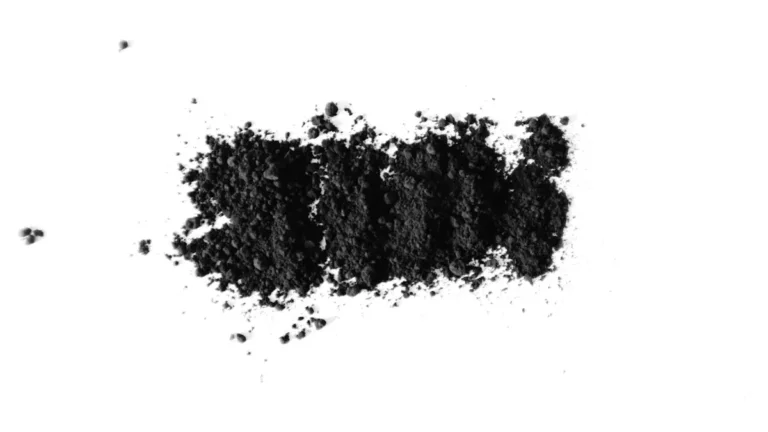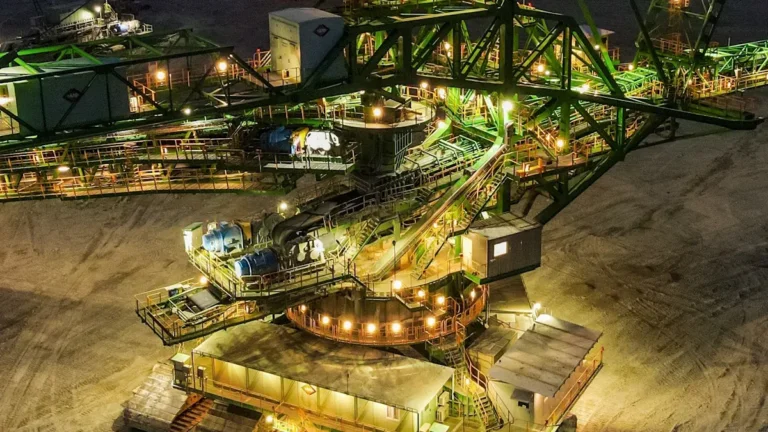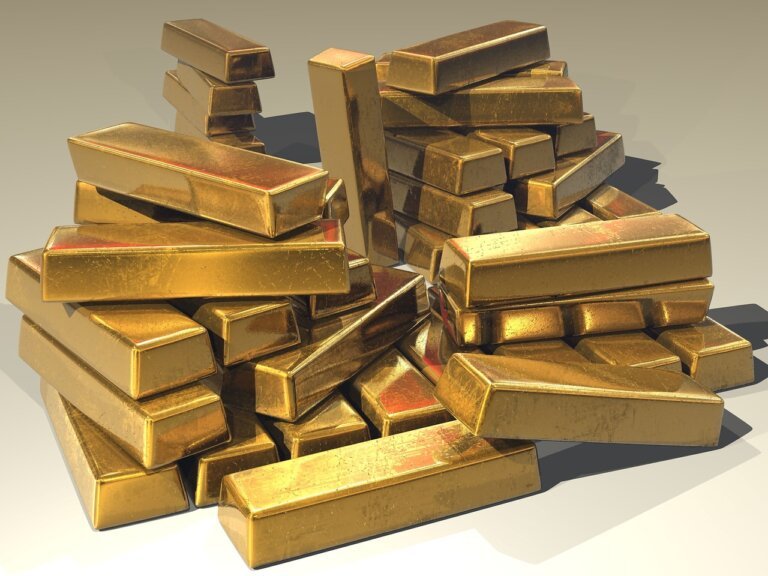Carbone attivo per il recupero dell'oro
.webp)
Acquista il carbone attivo per il recupero dell'oro
Le sfide del settore
Difficoltà di selettività adsorbente
- Il carbone attivo non adsorbe esclusivamente l'oro, ma è in competizione con altri complessi metallici di cianuro (ad esempio rame e nichel) che influenzano il recupero dell'oro.
- I contaminanti organici di assorbimento, come gli acidi umici, influenzano ulteriormente la selettività dei materiali compositi supportati dal carbonio.
Incrostazioni di carbonio / Disattivazione
- L'ostruzione dei pori può essere causata da precipitati inorganici (ad es. carbonato di calcio, silice) e da volatili organici (ad es. oli, floculanti).
- L'agitazione meccanica provoca l'erosione del carbonio per attrito e tutte le erosioni meccaniche o l'attrito comportano perdite di carbonio.
Limitazioni della rigenerazione
- Attraverso la riattivazione termica, i carboni attivi hanno dei limiti alla loro capacità di adsorbimento.
- Il processo di riattivazione termica può danneggiare la struttura dei pori del carbonio in modo irreversibile e può portare il carbonio a condizioni inutilizzabili.
- Il processo chimico per estrarre i metalli preziosi dal carbonio creerà nuovi flussi di rifiuti acquosi che dovranno essere trattati.
Limitazioni dei tempi di elaborazione
- La cinetica di adsorbimento è relativamente lenta e porta ad un aumento dei tempi di ritenzione in entrambi i circuiti CIP/CIL.
- Nelle applicazioni heap leach/CIC, la canalizzazione si sviluppa durante l'alimentazione della colonna di carbone, con percorsi di flusso variabili e un calo del recupero.
tipi di carbone attivo correlati
-r8fslg51nt6wgjtvh6yldxb1gtkgm3lpe0oq1akgog.webp)
- Valore dello iodio: 600-1200
- Dimensione della maglia: 1×4/4×8/8×16/8×30/12×40/20×40/20×50/30×60/40×70 (più dimensione su richiesta)
- Densità apparente: 400-700
-r8fsli0q1h9h3rr567ruiwtynlb71ht629zozuhoc0.webp)
- Valore dello iodio: 500-1300
- Dimensione della maglia: 0.9-1mm/1.5-2mm/3-4mm/6mm/8mm (più dimensione su richiesta)
- Densità apparente: 450-600
-r8fslbfupn0gui0p8mxgjghqhw7mjm31pdfamwrfjk.webp)
- Valore dello iodio: 500-1300
- Dimensione della maglia: 150/200/300/350 (altre dimensioni su richiesta)
- Densità apparente: 450 - 550
-r8fsle9da54btbwls65c8xs4a1tq6pe8prdr2qn90w.webp)
- Valore dello iodio: 400-800
- Dimensione della maglia: 100×100×100mm/100×100×50mm (densità cellulare personalizzata su richiesta)
- Densità apparente: 350-450
- Diametro del foro: 1,5-8 mm

- Valore dello iodio: 700-1200 mg/g
- Superficie: 700-1200 m²/g
- Densità apparente: 320-550 kg/m³

- Valore dello iodio: 700-1200 mg/g
- Superficie: 700-1200 m²/g
- Densità apparente: 320-550 kg/m³

- Valore dello iodio: 700-1200 mg/g
- Superficie: 700-1200 m²/g
- Densità apparente: 300-650 kg/m³

- Valore dello iodio: 700-1200 mg/g
- Superficie: 700-1200 m²/g
- Densità apparente: 320-550 kg/m³

- Metodo di attivazione: Attivazione a vapore/gas ad alta temperatura
- Struttura dei pori: Dominata da microporosità, distribuzione uniforme dei pori
- Profilo ambientale: Senza sostanze chimiche, a basso contenuto di ceneri
- Applicazioni primarie: Adsorbimento in fase gassosa, purificazione dell'acqua potabile

- Metodo di attivazione: Attivazione chimica (ad es. H₃PO₄/ZnCl₂) a temperature moderate.
- Struttura dei pori: Ricca di mesopori, area superficiale più elevata
- Efficienza del processo: Tempo di attivazione più breve, resa superiore 30-50%
- Post-trattamento: Lavaggio acido necessario per rimuovere i residui

- Funzionalizzazione: Carica di agenti attivi (ad esempio, I₂/Ag/KOH).
- Assorbimento mirato: Maggiore cattura di inquinanti specifici (ad esempio, Hg⁰/H₂S/gas acidi).
- Personalizzazione: Ottimizzato chimicamente per i contaminanti target
- Applicazioni principali: Trattamento dei gas industriali, protezione CBRN
Perché utilizzare il nostro carbone attivo

Selettività dell'oro migliorata:Miglioramento della selettività dell'oro
La nostra struttura specializzata dei pori adsorbe preferenzialmente i complessi oro-cianuro rispetto ai contaminanti metallici concorrenti.

Durata meccanica superiore: il sistema di controllo è stato progettato per essere utilizzato in modo ottimale.
L'elevata resistenza all'attrito riduce al minimo la frammentazione del carbonio durante i processi di agitazione aggressivi.

Prestazioni di rigenerazione ottimizzate:.
Mantiene una capacità di adsorbimento costante attraverso molteplici cicli di riattivazione termica.

Suscettibilità alle incrostazioni ridotta:Si tratta di un prodotto che non ha bisogno di essere utilizzato.
Il carbonio modificato in superficie resiste all'ostruzione dei pori da parte di scaglie inorganiche e impurità organiche.
Processo e tecnologia
1. Carbonio in pasta (CIP)
Panoramica della soluzione
La soluzione di cianuro d'oro proveniente dallo slurry del minerale lisciviato entra in contatto con il carbone attivo in vasche di adsorbimento sequenziali, dove l'oro si carica selettivamente sulle particelle di carbone.
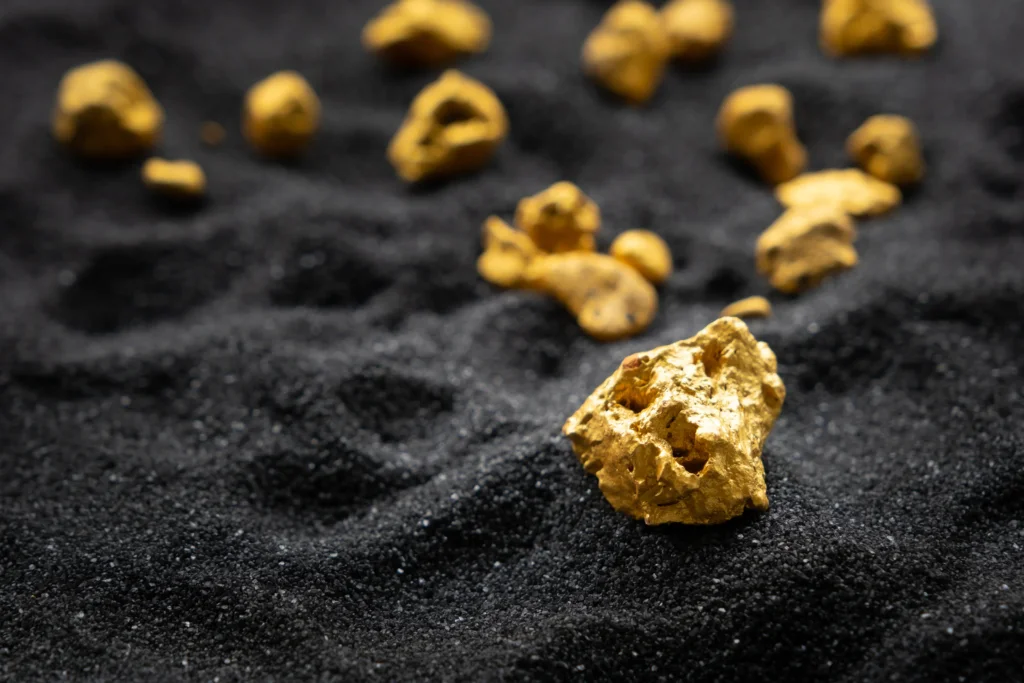
Vantaggi principali
- Consente la configurazione del flusso in controcorrente per ottimizzare il recupero dell'oro
- Consente l'ottimizzazione separata delle fasi di lisciviazione e adsorbimento
- Riduce le perdite di oro grazie a un'efficiente separazione solido-liquido
- Riduce al minimo la manipolazione del carbone in ambienti di lisciviazione aggressivi
2. Carbonio in liscivia (CIL)
Panoramica della soluzione
La lisciviazione e l'adsorbimento avvengono simultaneamente nelle stesse vasche del reattore, con l'aggiunta di carbone attivo direttamente al fango di lisciviazione.
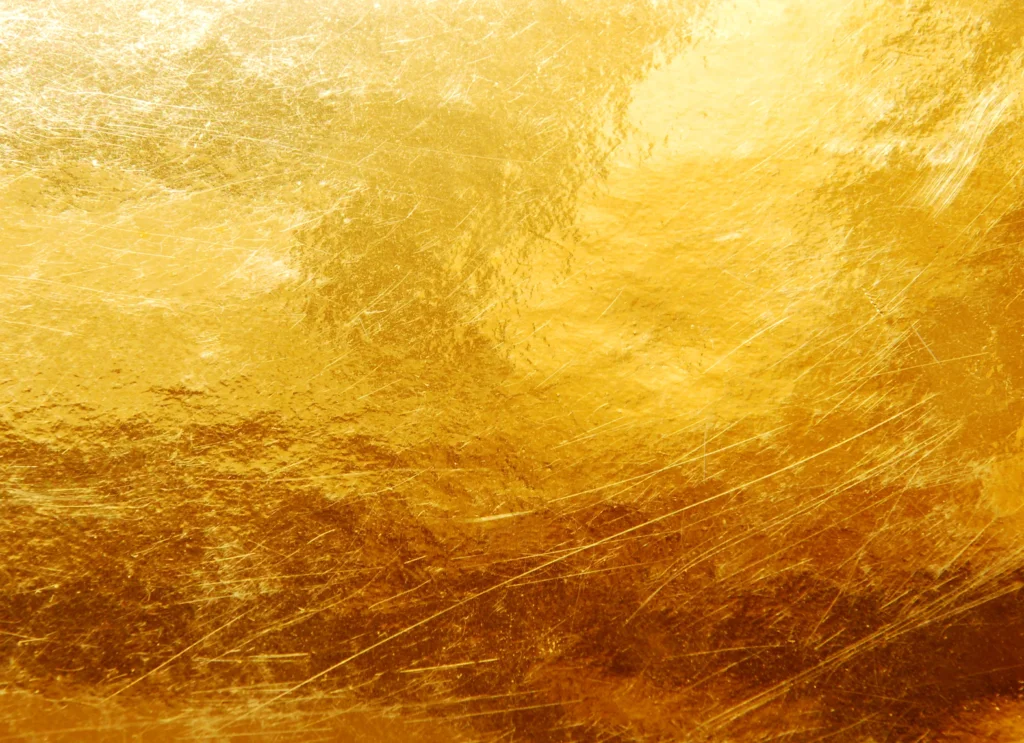
Vantaggi principali
- Integra la lisciviazione e l'adsorbimento in un'unica fase di lavoro
- Accelera la cinetica complessiva del processo attraverso la rimozione continua dell'oro
- Previene la riprecipitazione dell'oro grazie all'adsorbimento immediato
- Semplifica la progettazione dell'impianto grazie alla riduzione dei requisiti dei serbatoi
3. Lisciviazione in cumulo con carbone in colonna (CIC)
Panoramica della soluzione
La soluzione pregna proveniente dai cumuli di minerali percolano attraverso colonne a letto fisso riempite di carbone attivo per l'adsorbimento dell'oro.
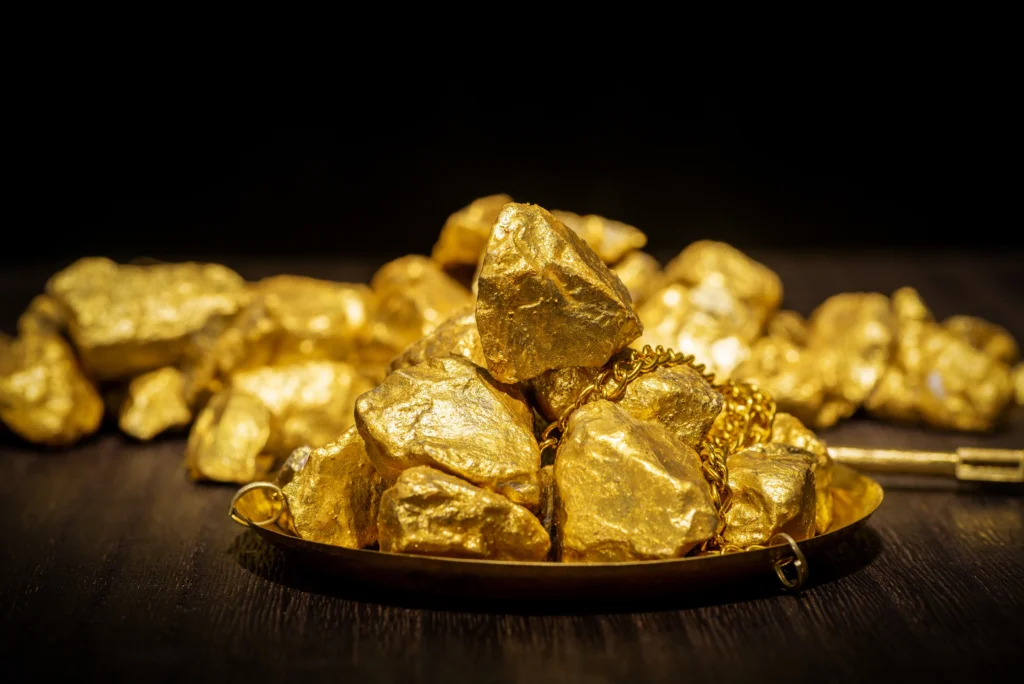
Vantaggi principali
- Gestisce efficacemente soluzioni di bassa qualità grazie al design a flusso passivo
- Si adatta a portate e volumi di soluzione variabili
- Elimina l'agitazione meccanica per ridurre l'attrito del carbonio
- Facilita il semplice trasferimento del carbonio per i cicli di eluizione
4. Carbone in condotti / Sistemi a letto fluido
Panoramica della soluzione
Il carbone attivo si muove in controcorrente rispetto alla soluzione contenente oro in canali inclinati o colonne fluide.
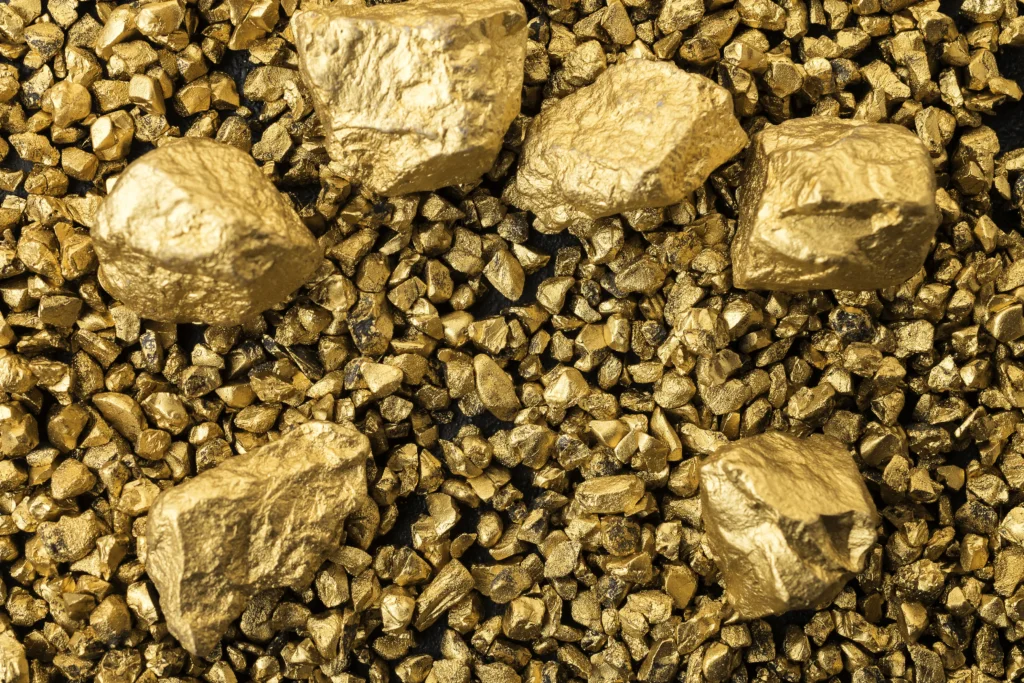
Vantaggi principali
- Migliora l'efficienza del trasferimento di massa attraverso regimi di flusso turbolento
- Migliora l'efficienza del trasferimento di massa attraverso regimi di flusso turbolento
- - Consente il caricamento continuo di carbonio senza interruzione del processo
- - Riduce al minimo gli effetti di canalizzazione comuni alle colonne statiche.
Blog correlati
